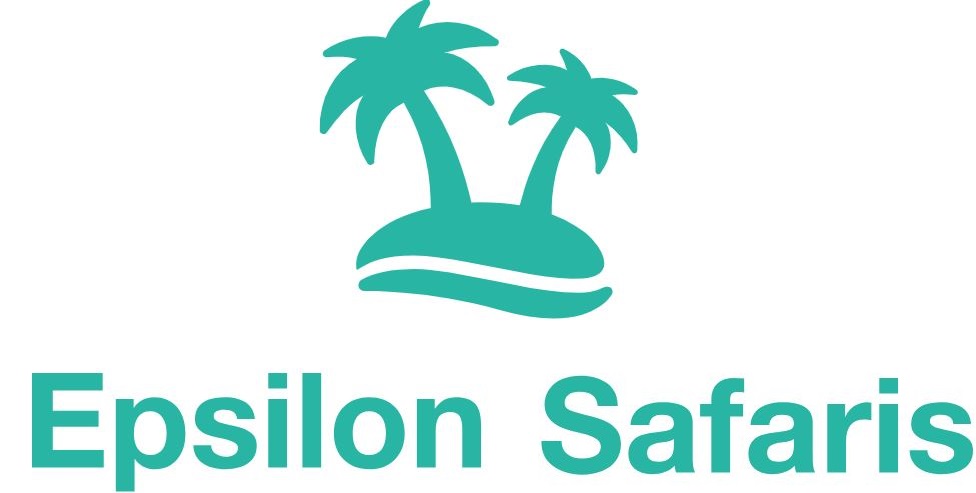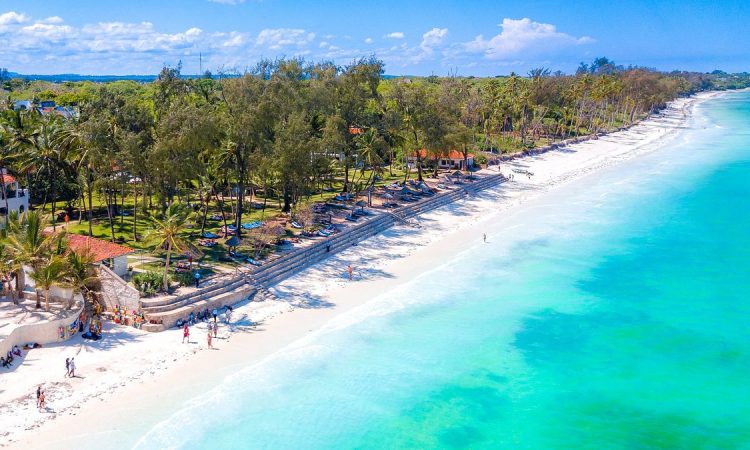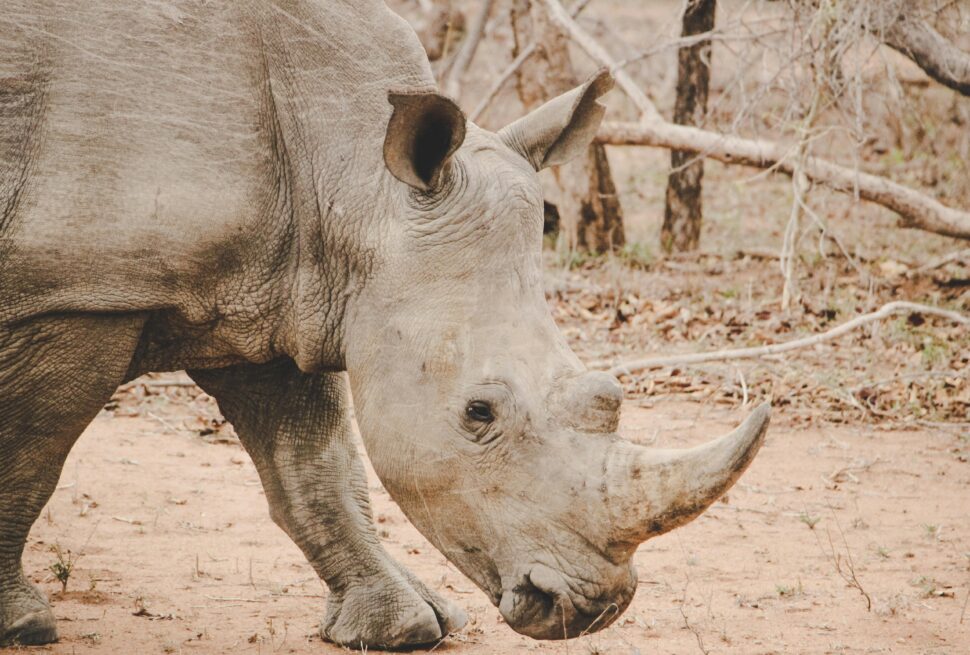Table of Contents
Masai Mara National Park in Kenya: A Complete Guide
Masai Mara National Park in Kenya is one of the most iconic and visited wildlife reserves in the world. Known for its breathtaking landscapes, rich wildlife, and unique cultural experiences, it attracts tourists from across the globe. This article delves into various aspects of Masai Mara National Park, from its fame to travel tips, ensuring you have a comprehensive understanding of this magnificent destination.
What is Masai Mara Famous For?
Masai Mara National Park in Kenya is renowned for several reasons. First and foremost, it is famous for the Great Migration, one of the most spectacular wildlife events on Earth. Every year, over 1.5 million wildebeests, accompanied by zebras and gazelles, migrate from Tanzania’s Serengeti National Park to Masai Mara in search of greener pastures. This migration typically occurs between July and October and attracts wildlife enthusiasts and photographers from around the world.
Additionally, Masai Mara is famous for its Big Five game animals — lions, leopards, elephants, rhinos, and buffaloes — making it a premier destination for safari-goers. The park’s expansive plains and dramatic scenery also provide the perfect backdrop for iconic African sunsets. The park’s wildlife diversity and the opportunity to witness predator-prey interactions in their natural environment make Masai Mara a dream destination for nature lovers.
What is the 12-Hour Rule for Masai Mara?
The 12-hour rule in Masai Mara refers to the general safari timing guideline that helps preserve the park’s delicate ecosystem. Most game drives are conducted between 6:30 AM and 6:30 PM, ensuring minimal disturbance to wildlife during the night. Tourists are required to adhere to this rule to enhance conservation efforts and maintain a sustainable tourism experience. Following these regulations not only protects nocturnal wildlife but also ensures the safety of visitors.
Why is the Maasai Mara Reserve So Important?
The Maasai Mara Reserve is critically important for several reasons:
- Biodiversity: It is home to an incredible variety of species, including over 95 mammal species and 570 bird species. From cheetahs racing across the savannah to hippos lounging in the Mara River, the reserve’s biodiversity is unparalleled.
- Conservation: The park plays a vital role in the conservation of endangered species, including the black rhinoceros. Anti-poaching measures and sustainable tourism initiatives help protect these vulnerable animals.
- Cultural Significance: The reserve is named after the indigenous Maasai people, known for their distinctive customs and dress. The Maasai have lived harmoniously with wildlife for centuries, and their presence adds cultural depth to the safari experience.
- Economic Impact: Tourism in Masai Mara significantly contributes to Kenya’s economy, providing jobs and supporting local communities. The park attracts thousands of tourists annually, boosting local businesses and funding conservation programs.
How Big is Masai Mara Park?
Masai Mara National Park in Kenya covers an area of approximately 1,510 square kilometers (583 square miles). It forms part of the larger Mara-Serengeti ecosystem, which spans around 25,000 square kilometers (9,700 square miles). The park’s vast open plains, dotted with acacia trees and intersected by the Mara and Talek Rivers, provide a stunning landscape teeming with wildlife.
Why is Masai Mara So Expensive?
Masai Mara is considered a premium safari destination, which contributes to its relatively high cost. Several factors drive up prices, including:
- Conservation Fees: Entrance fees are used to maintain the park and protect wildlife. These fees fund anti-poaching efforts, habitat preservation, and community outreach programs.
- Luxury Lodges and Camps: Many accommodations offer exclusive experiences and amenities, such as private guides, gourmet dining, and luxurious tents with modern comforts.
- Limited Visitor Numbers: Restricting the number of visitors helps preserve the park’s environment but also increases demand. The exclusivity of small-group safaris enhances the overall experience but adds to the cost.
What is Masai Mara Famous Food?
While Masai Mara is not specifically known for unique food offerings, visitors can enjoy a variety of Kenyan and international cuisines at lodges and camps. Staples like “ugali” (a maize flour dish), “nyama choma” (grilled meat), and “sukuma wiki” (collard greens) are commonly served. Many luxury lodges also offer gourmet dining experiences with fresh, locally sourced ingredients. Meals are often enjoyed in picturesque outdoor settings, adding to the charm of the safari experience.
Is it Worth Going to Masai Mara?
Absolutely! A visit to Masai Mara National Park in Kenya is a once-in-a-lifetime experience. The park’s incredible wildlife encounters, stunning landscapes, and cultural experiences with the Maasai people make it a top destination for adventure and nature lovers. Whether you’re witnessing a lion hunt, marveling at a sunset over the savannah, or learning about Maasai traditions, the memories created in Masai Mara are unforgettable.
Why are the Maasai So Famous?
The Maasai people are famous for their vibrant culture, traditional dress, and distinctive customs. Known for their colorful shukas (cloth wraps) and intricate beadwork, they have become a symbol of Kenyan heritage. Their traditional lifestyle, including cattle herding and unique warrior rituals, fascinates visitors and adds to the allure of Masai Mara. The Maasai are also renowned for their jumping dance (adumu) and their role as skilled warriors historically.
Masai Mara National Park in Kenya Location
Masai Mara National Park is located in southwestern Kenya, near the border with Tanzania. It is part of Narok County and lies approximately 270 kilometers (167 miles) from Nairobi, the capital of Kenya. The park’s proximity to the Serengeti makes it an essential part of the greater Mara-Serengeti ecosystem.
Maasai Mara National Reserve Entrance Fee
The entrance fees for Masai Mara vary depending on nationality and residency status. As of 2025, the fees are approximately:
- Non-residents: $80 per adult per day and $45 per child per day
- East African residents: KES 1,200 per adult and KES 300 per child
- Kenyan citizens: KES 500 per adult and KES 200 per child
These fees help support conservation and community initiatives. Additional fees may apply for activities like hot air balloon rides and specialized guided tours.
Masai Mara Packages
Numerous tour operators offer safari packages to Masai Mara, ranging from budget-friendly options to luxurious experiences. Packages typically include transportation, accommodation, meals, and guided game drives. Some popular package types are:
- 3-Day Masai Mara Safari: Ideal for quick getaways, providing a taste of the park’s wildlife.
- Luxury Safari Packages: Featuring high-end lodges, private guides, and personalized services.
- Hot Air Balloon Safaris: Offering breathtaking aerial views of the park at sunrise, followed by a champagne breakfast.
- Family Safari Packages: Designed for families with children, offering educational activities and kid-friendly guides.
Which County is Maasai Mara Located?
Masai Mara National Reserve is located in Narok County, a region known for its vast savannahs, rolling hills, and Maasai culture. Narok town, the county’s capital, serves as a gateway to the reserve and offers basic amenities for travelers.
Masai Mara Map
A detailed map of Masai Mara shows the main sections, including the Mara Triangle and the eastern section managed by the Narok County Council. The park’s layout includes key rivers like the Mara and Talek, which are hotspots for wildlife activity. Maps also highlight airstrips, lodges, and notable landmarks, helping visitors navigate the expansive terrain.
Masai Mara Official Website
The official website for Masai Mara National Reserve is a useful resource for planning your visit. It provides updated information on entrance fees, accommodations, conservation efforts, and travel tips. Checking the website before your trip ensures you have the latest details and guidelines.
Masai Mara Hotels
There are various accommodation options in and around Masai Mara, catering to different budgets and preferences:
- Luxury Lodges: Examples include Angama Mara, Mahali Mzuri, and Kichwa Tembo Camp. These lodges offer premium services, including private decks with panoramic views.
- Mid-range Camps: Such as Mara Serena Safari Lodge and Basecamp Explorer, providing comfortable amenities at reasonable prices.
- Budget Camps: Including Mara Explorers Camp and Manyatta Camp, ideal for travelers seeking affordable stays without compromising the safari experience.
Best Time to Visit Masai Mara
The best time to visit Masai Mara National Park in Kenya is during the dry season from July to October, coinciding with the Great Migration. Wildlife viewing is excellent during this period, as animals gather around water sources and the grass is shorter. December to February is also a good time, offering pleasant weather and abundant wildlife.
Conclusion
Masai Mara National Park in Kenya offers a unique combination of wildlife, culture, and natural beauty. From witnessing the Great Migration to engaging with the Maasai community, the park promises an unforgettable safari experience. By understanding its significance, costs, and travel tips, you can make the most of your visit to this world-renowned destination.


